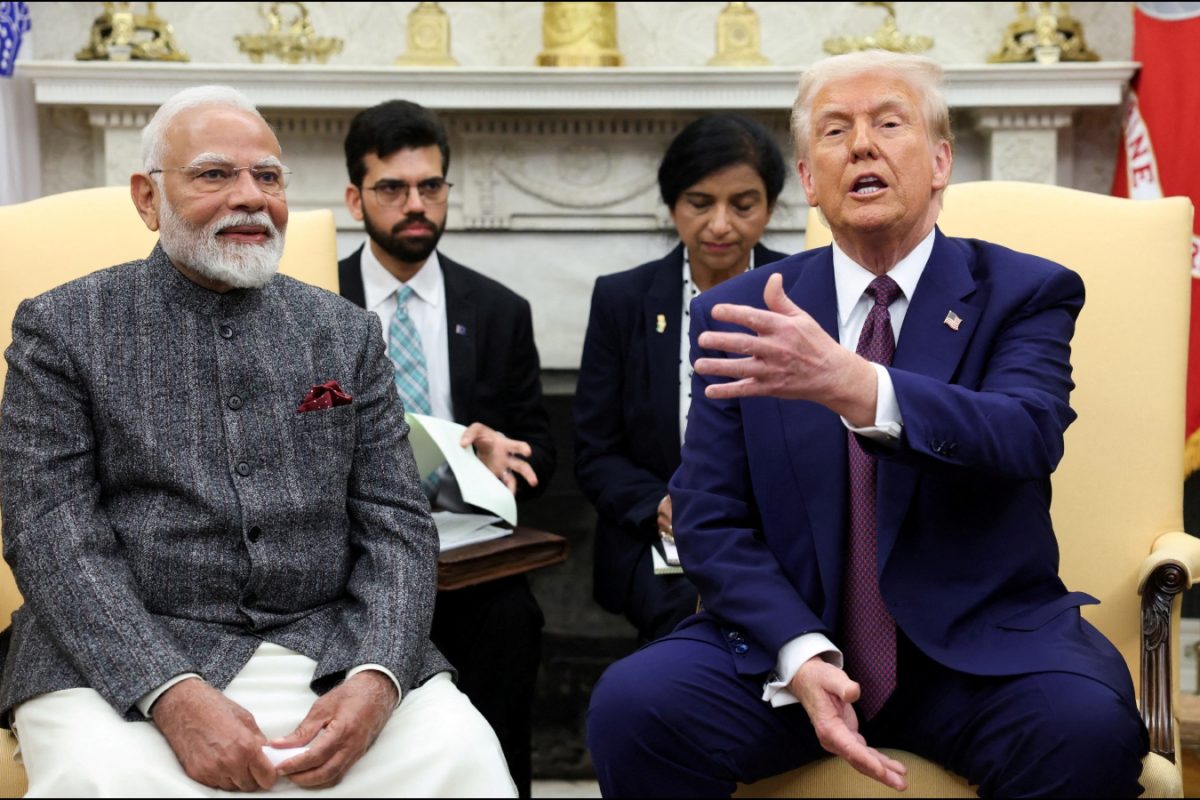

The recent doubling of tariffs on Indian goods by the United States, bringing the total to 50%, has sent shockwaves through diplomatic and economic circles, triggering frustration, accusations of double standards, and raising questions about the true motives behind the move. President Trump's administration justifies the tariffs as a response to India's continuedimport of Russian oil, accusing India of "fuelling Russia's war machine". However, this rationale has been met with strong criticism from India, which views the tariffs as "unfair, unjustified, and unreasonable".
India's perspective emphasizes its energy security needs and argues that its oil imports from Russia are based on market factors and aimed at ensuring affordable energy for its 1.4 billion people. India's External Affairs ministry has pointed out that many other countries also import Russian oil, yet they have not faced similar punitive actions, suggesting a double standard. Despite the narrowing price advantage of Russian oil, it remains economically attractive for India.
The US move has been interpreted by some as economic coercion, an attempt to bully India into an unfair trade deal. Prime Minister Modi has taken a firm stance, declaring that India will not compromise on the interests of its farmers, livestock rearers, and fisherfolk, even if it means paying a "heavy price". This stance reflects India's long-standing reluctance to open up its agricultural and dairy sectors to global markets, as it could threaten the livelihoods of millions of rural families.
The impact of the tariffs on India's economy could be significant. Moody's has warned that the tariffs could undermine India's manufacturing goals and slow GDP growth. Sectors like textiles, ready-made clothes, auto components, steel, and gems and jewelry are expected to be particularly affected, placing India at a disadvantage compared to regional competitors. Exporters have expressed concern that the tariffs could make their businesses unviable, leading to a decline in exports and potential job losses.
In response to the tariffs, India is exploring various strategies. One approach is to focus on reducing its own tariffs to better integrate into global markets and open up trade opportunities with other regions, such as the EU, Africa, and Latin America. Another strategy is to remain quiet, avoid public criticism, and wait for a resolution, hoping that the situation will improve over time. The Indian government is also reportedly considering new incentives for exporters to mitigate the impact of the tariffs.
The tariffs have cast a shadow over the broader India-US relationship, which has seen increasing cooperation in areas such as defense and technology. Some experts believe that the tariffs signal a shift in US policy priorities, with less emphasis on strategic alignment and more focus on trade deficits. The move has also raised questions about whether the US is truly committed to its strategic partnership with India, or if it is primarily focused on its own economic interests.
While the future of India-US trade relations remains uncertain, both countries have a strong interest in finding a way to resolve the dispute. For India, the US is a major export market and a key partner in its economic development. For the US, India is an important strategic ally in the Indo-Pacific region and a growing market for its goods and services. Finding a mutually acceptable solution will require compromise and a willingness to address each other's concerns.